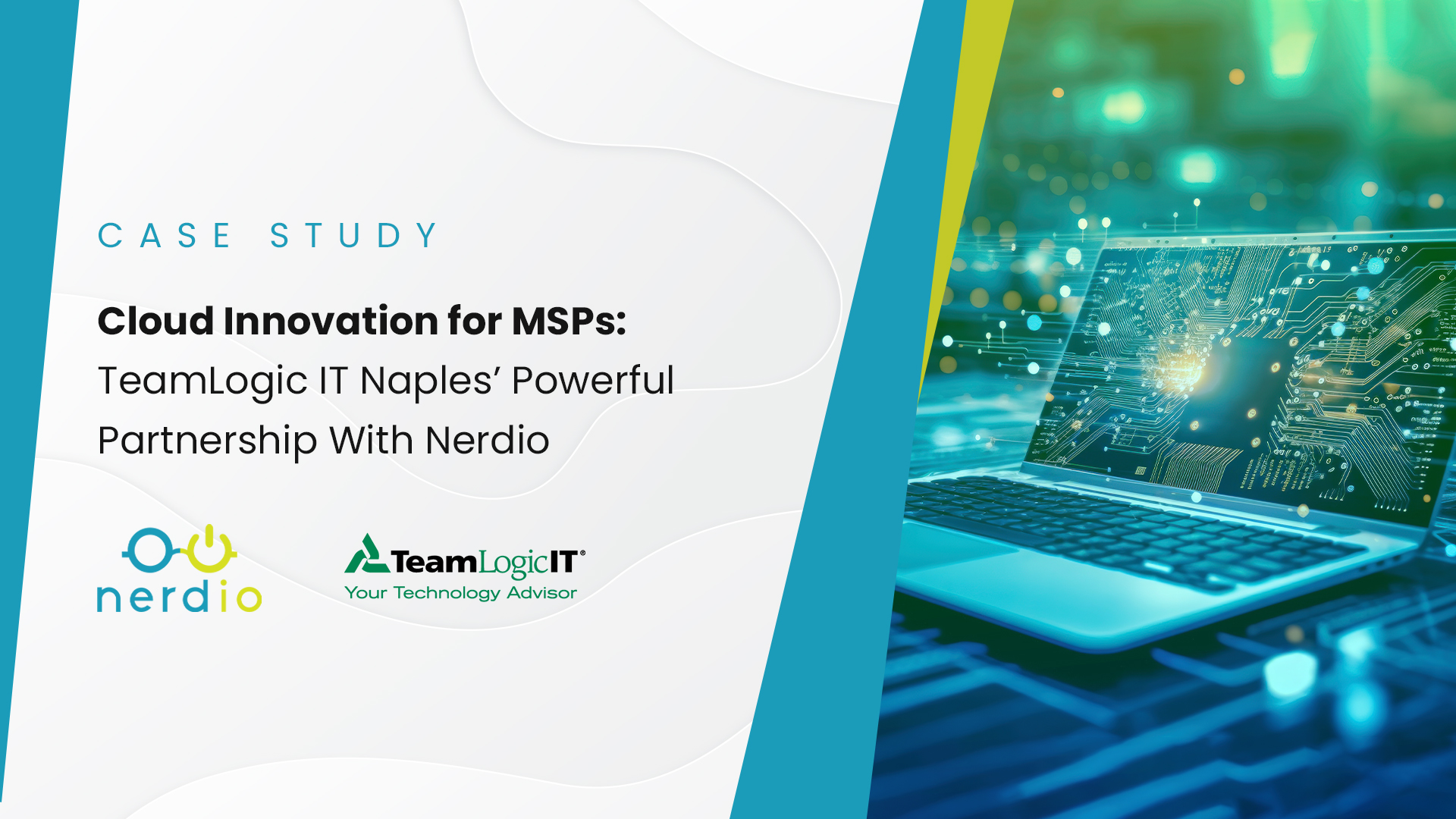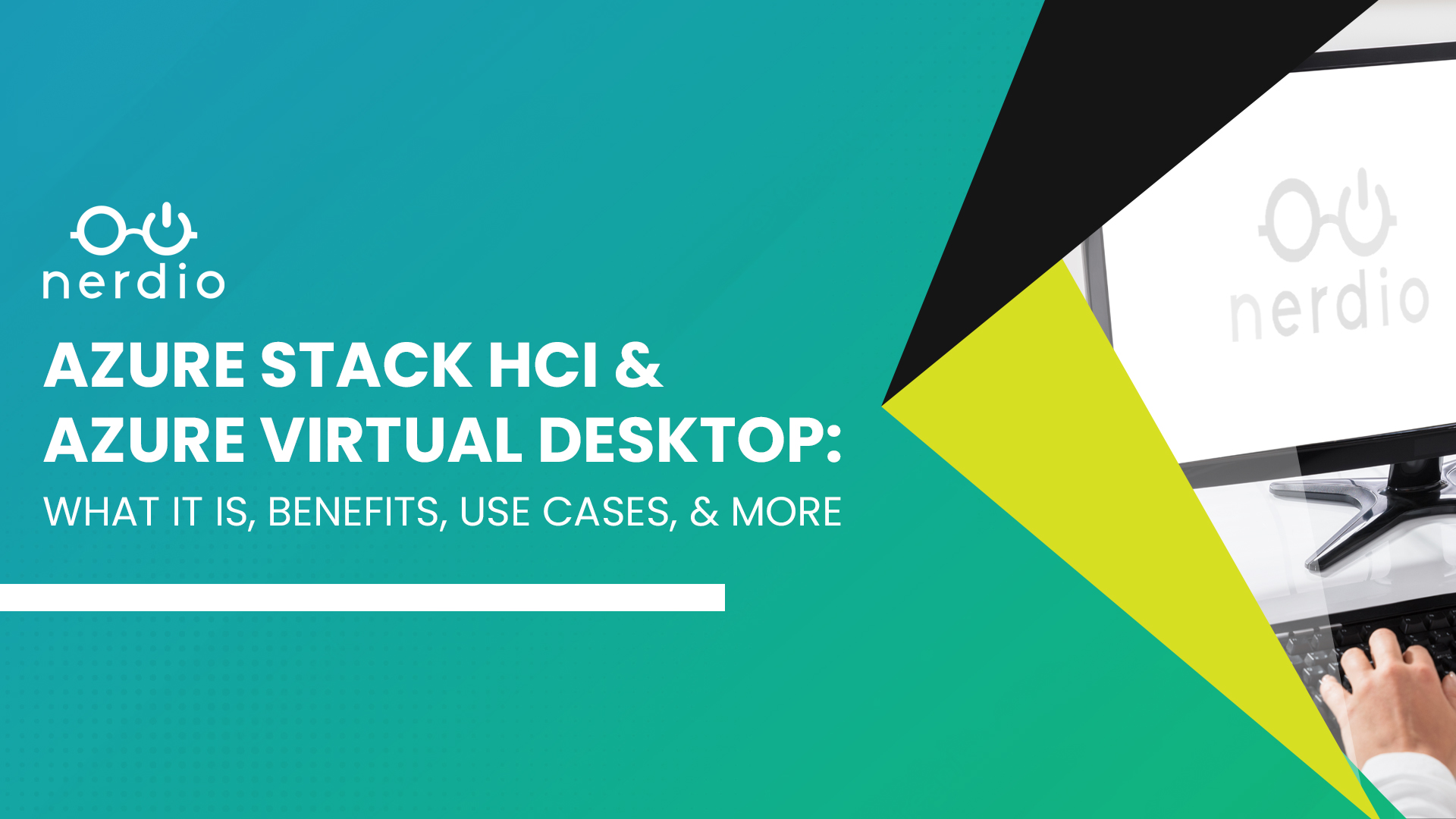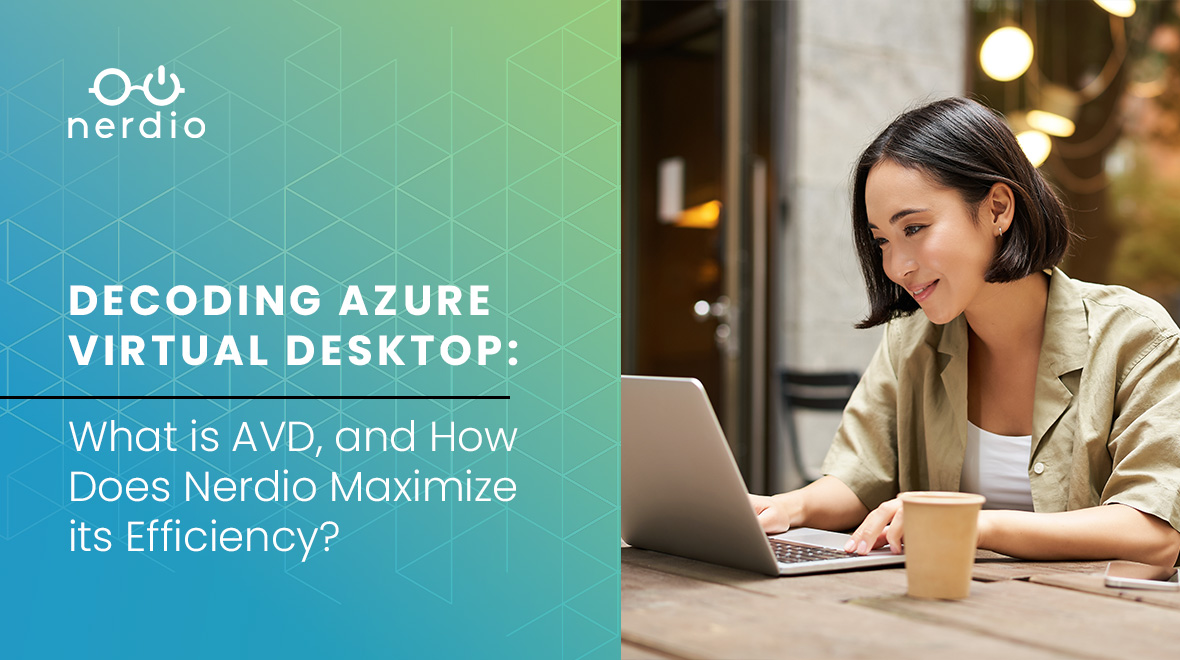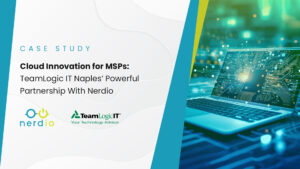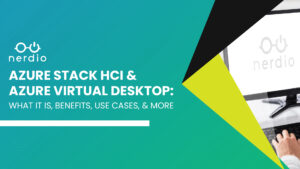As remote work continues to permeate modern workplaces, the demand for virtual desktop solutions like Microsoft’s Azure Virtual Desktop (AVD) has seen a significant surge. With the ever-evolving nature of work, businesses are increasingly recognizing the imperative of furnishing secure and adaptable access to systems and applications from any location and device.
Azure Virtual Desktop stands as a robust desktop and app virtualization service that operates seamlessly on the Microsoft Azure cloud platform. It enables users to access their desktop environments and all requisite applications and data, regardless of their location or device. Whether working remotely, on the move, or within office premises, AVD ensures a uniform and efficient user experience for employees and contractors alike.
This post will delve into the pivotal features of Azure Virtual Desktop, its assorted benefits for businesses across the spectrum, and its transformative influence on how organizations approach remote work. From cost efficiency to bolstered security and enhanced flexibility, AVD presents many advantages, amplifying its popularity in the contemporary digital landscape.
What is AVD?
Azure Virtual Desktop, formerly known as Windows Virtual Desktop (WVD), is a revolutionary cloud-based desktop solution that redefines the traditional computing experience. A traditional virtual desktop is a virtualized instance of a desktop operating system that can be accessed remotely via a network connection, providing users with a familiar desktop environment from any location and device. But AVD leverages the power of Microsoft Azure to deliver this experience seamlessly, offering unparalleled scalability, flexibility, and security.
As a cloud-based desktop app, AVD provides organizations with the flexibility to deploy and manage virtual desktops at scale without the constraints of physical hardware. This approach enables businesses to adapt quickly to changing demands and solve remote work challenges with ease.
Furthermore, Microsoft AVD seamlessly integrates with existing tools and resources used by employees, ensuring a smooth transition to the virtual desktop environment without disrupting established workflows. From applications to data storage solutions and collaboration tools, AVD offers compatibility across the board, empowering organizations to leverage their existing investments while embracing the benefits of a modern desktop infrastructure.
Benefits of a virtual desktop
The benefits of implementing a virtual desktop solution like Azure Virtual Desktop are numerous, and they can significantly impact an organization’s productivity, security, and cost-effectiveness. Organizations with remote or distributed workforces, stringent security compliance requirements, or fluctuating desktop resource demands are prime candidates for virtual desktop infrastructure (VDI) adoption.
VDI allows employees to securely access their desktop environment from anywhere with an internet connection and enhances security management by centralizing data storage and access controls, reducing the risk of data breaches and ensuring compliance with regulatory standards. Additionally, virtual desktop solutions enable resource optimization by dynamically allocating computing resources based on demand, thereby maximizing efficiency and minimizing costs.
Organizations can scale their virtual desktop infrastructure up or down according to changing needs, allowing for seamless adaptation to evolving business requirements. Moreover, cloud-based solutions like AVD offer cost optimizations through pay-as-you-go pricing models, eliminating the need for upfront hardware investments and reducing the total cost of ownership over time.
What makes Azure Virtual Desktop with Nerdio different?
By combining the power of Azure Virtual Desktop and Nerdio, modern businesses are able to optimize their deployments and address the complexities and expenses that have long been associated with traditional VDI.
Historically, deploying and managing virtual desktop solutions required significant upfront investments and expertise, making them inaccessible to many organizations. However, Nerdio simplifies this process by offering automated deployment and configuration tools that streamline setup and reduce administrative overhead.
Plus, Nerdio’s intuitive interface allows organizations to easily provision virtual desktop environments with minimal manual intervention, saving time and resources. This automated approach ensures consistency and reliability across deployments, mitigating the risk of errors and ensuring a seamless user experience.
Moreover, Nerdio optimizes Microsoft AVD’s cost-effectiveness and scalability, enabling organizations to customize their VDI according to their budget and needs. Nerdio’s auto-scaling feature allows organizations to fine-tune resource allocation up or down as needed, ensuring that they only pay for what they use. This flexibility makes Microsoft AVD and Nerdio an attractive option for organizations of all sizes, from small businesses to large enterprises.
Cost analysis: How much does Azure Virtual Desktop cost?
Understanding the Azure Virtual Desktop pricing structure is essential for organizations considering this solution. It incorporates multiple components, including the domain controller, session hosts, storage, and licensing fees. The domain controller manages user authentication and access control, while session hosts provide virtual desktop instances for users to connect to.
Licensing fees are required for the use of Windows 10 or Windows 11 operating systems, as well as any additional software licenses required for applications running on the virtual desktops. Plus, additional costs are incurred for storing user data and virtual machine images in Azure storage accounts. These separate line items can be confusing and accumulate costs quickly.
However, Nerdio offers a range of cost optimization features, such as auto-scaling, based on usage patterns, right-sizing virtual machine instances to match workload requirements, and identifying opportunities for license consolidation. Additionally, Nerdio provides visibility into cost breakdowns and usage metrics, allowing organizations to make informed decisions about resource allocation and budget management.
By implementing these cost-saving strategies, organizations can reduce their overall spending on Microsoft AVD while maximizing the value they derive from the platform.
Who should use Azure Virtual Desktop?
Azure Virtual Desktop is well-suited for businesses of all sizes seeking to modernize their desktop infrastructure and adapt to the evolving workplace. Particularly in a post-pandemic world, where remote work is increasingly common, Microsoft AVD offers a flexible and scalable solution for providing secure access to desktop environments. Organizations with varying desktop needs, such as those with seasonal or fluctuating workforce requirements, can benefit from AVD’s ability to quickly provision and de-provision virtual desktops as needed.
Nerdio plays a crucial role in making Microsoft AVD accessible and manageable. The team’s expertise in virtual desktop technology, combined with the user-friendly management platform, simplifies the deployment and administration of AVD environments. Additionally, Nerdio provides comprehensive support services, ensuring that organizations have access to assistance and guidance throughout the implementation process and beyond.
Whether it’s troubleshooting technical issues, optimizing performance, or navigating licensing requirements, Nerdio’s support team is dedicated to helping organizations maximize the value of their AVD investments. By partnering with Nerdio, businesses can confidently embrace AVD as a strategic tool for enhancing productivity, security, and flexibility in their operations.
An innovative solution for forward-thinking organizations
So, what is AVD? Azure Virtual Desktop represents a powerful solution for organizations seeking to modernize their desktop infrastructure and adapt to the evolving demands of remote work. With its cloud-based architecture, flexibility, and scalability, Microsoft AVD offers businesses the ability to provide secure access to desktop environments from anywhere on any device.
By pairing AVD with the expertise and support services offered by Nerdio, organizations can streamline the deployment and management of AVD environments, ensuring a seamless experience for end-users while maximizing the value of their investment. As modern workplace practices continue to evolve, Azure Virtual Desktop plus Nerdio emerges as a critical tool for empowering organizations to embrace new ways of working, enhance productivity, and achieve their business goals in an increasingly digital world.
For additional information about what AVD means and how Nerdio simplifies AVD deployments, you can explore the versatility and benefits of Azure Virtual Desktop here.



